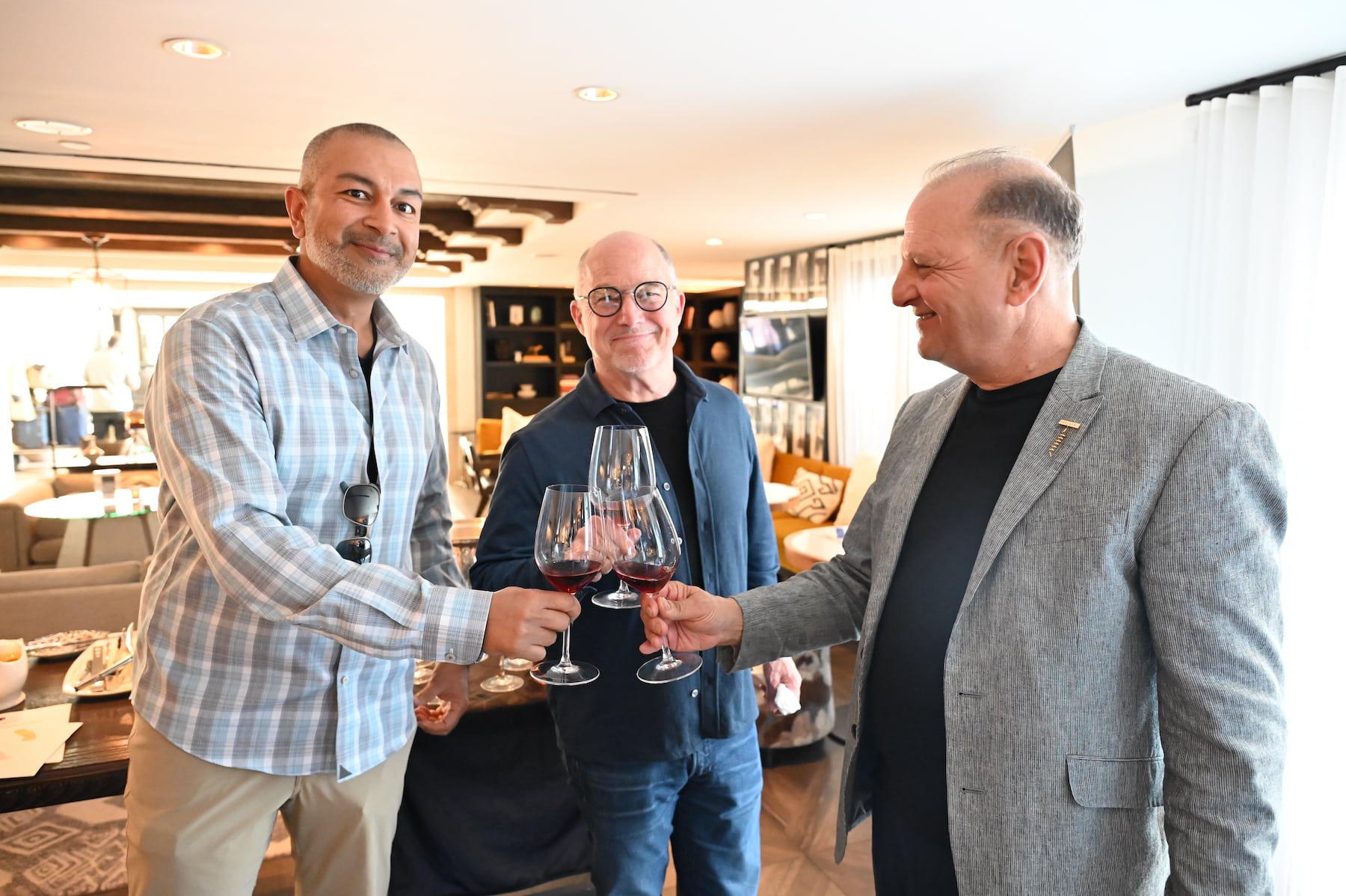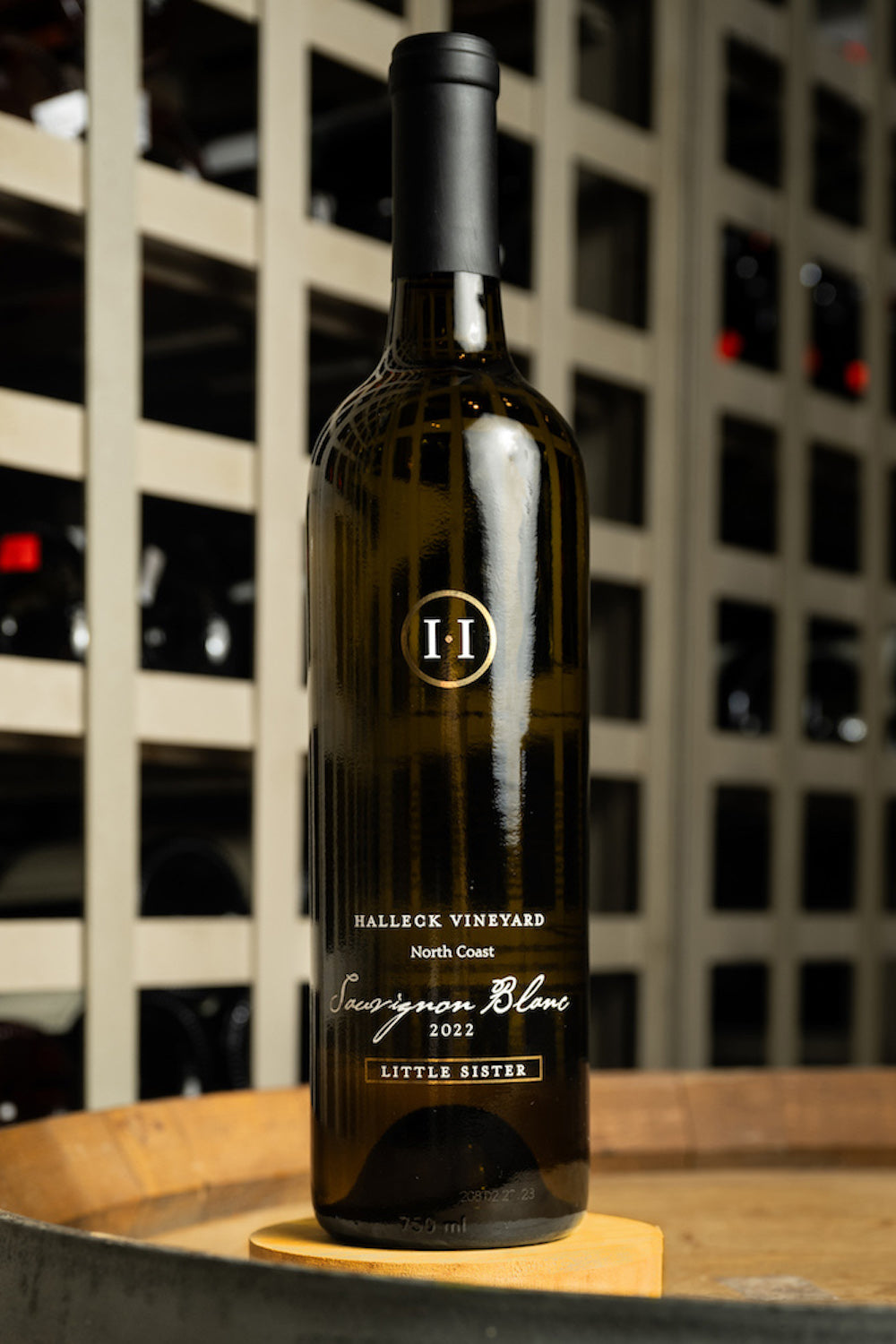Wineries Offering Charcuterie And Wine Pairings - Enjoying The Best Wineries In Sebastopol
Wine tasting is an art that mixes sensory experience with an appreciation for the nuances of different varietals. How to judge flavors in winery wine tasting classes is pivotal to grasping the complexities of wine.
Participating in a wine tasting includes greater than simply sipping and savoring. It requires a centered method to establish aromas and flavors that every wine presents. As you begin, observe the wine's look, noting its colour and clarity. These visual cues often counsel a wine’s age, grape selection, and even potential flavor profiles.
The subsequent step within the tasting process is to swirl the wine in your glass. This action releases aromatic compounds which are important for analysis. Lean in and take a moment to inhale deeply; the aromas can range from floral and fruity to spicy and earthy. The nostril of the wine is simply as essential as the palate, and recognizing scents performs a big position in understanding the overall experience.
When taking your first sip, enable the wine to move across your palate - Family Friendly Wineries With Outdoor Spaces. Discover the preliminary flavors that present themselves. Is the wine fruity, floral, or perhaps herbaceous? This preliminary taste gives perception into what the wine is more doubtless to express as you proceed to gauge it. The mouthfeel also contributes to the overall flavor experience; it could be silky, tannic, or even effervescent.
Wineries With Unique Gamay Wines - Vineyard Tasting Events In Sonoma County
As you continue tasting, take note of the wine’s balance. A well-balanced wine will harmonize acidity, sweetness, and tannins. If one component overwhelms the others, it would point out a much less fascinating high quality. Evaluating stability might help you determine how well the wine would possibly pair with food.
Transitioning to the finish, contemplate how the flavors evolve because the wine lingers on your palate. A long, nice finish can indicate a high-quality wine, whereas a brief or abrupt end might recommend in any other case. Mirror on whether the flavors stay constant or if new notes emerge as the wine settles. This development can reveal complexities and intricacies that might not have been obvious within the initial tasting.
Temperature can be a vital think about evaluating wine flavors. Different types of wine are optimally loved at particular temperatures. White wines typically shine when chilled, while purple wines usually carry out greatest at room temperature. When tasting, make positive the wine is at the appropriate temperature to totally respect its character.
Wineries Known For Their Hospitality - The Beauty Of Sebastopol Wineries
Pairing food with wine can greatly enhance the tasting experience. Meals can influence the notion of flavors in wine, both highlighting sure traits or diminishing them. When evaluating flavors, contemplate how the wine interacts with totally different foods, noticing which flavors are amplified or muted (Vintage Wine Tasting Experiences In Sebastopol).
Think About the influence of terroir as you engage in a winery tasting. Terroir encompasses the unique environmental components that have an result on grape rising, together with soil composition, local weather, and geography. Understanding a wine's terroir can present perception into its flavors and aromas, fostering a deeper appreciation for the alternatives made during its cultivation and manufacturing.
Education performs a fundamental role in enhancing one's ability to evaluate wine flavors. Learning about grape varieties, wine regions, and manufacturing methods can pave the way for more knowledgeable judgments throughout tastings. Additionally, attending workshops or classes can refine sensory skills and broaden your flavor vocabulary, enabling you to articulate tasting notes extra successfully.
Lastly, it's important to remember that evaluating wine flavors is a highly personal experience. Particular Person preferences and perceptions will invariably shape one’s tasting journey. Enjoyment must be on the forefront, with the analysis course of appearing as a software to boost understanding and appreciation rather than create rigid guidelines.
Wineries With Sustainable Practices - Wineries To Visit
In conclusion, mastering tips on how to evaluate flavors in winery wine tasting sessions includes a mix of sensory engagement, knowledge, and practice. By studying to identify aromas, assess the steadiness, and respect the intricacies of flavor, wine enthusiasts can deepen their connection to every bottle they encounter. As with any art form, the more one immerses themselves in the experience, the more they may uncover and enjoy the vast world of wine.
- Begin by observing the wine's color and clarity, as these visual parts can hint at its flavor profile and growing older potential.
- Swirl the wine gently in your glass; this releases aromatic compounds, allowing you to raised establish the advanced scents related to the wine.
- Take a deep inhale earlier than tasting, specializing in each main and secondary aromas to assemble insights on fruits, spices, and different nuances.
- When tasting, enable the wine to coat your palate; note the preliminary flavors, the mid-palate complexity, and the end as these phases can present totally different flavor highlights.
- Pay consideration to texture and mouthfeel, as elements similar to tannin levels, acidity, and sweetness contribute significantly to the overall tasting experience.
- Compare flavors against commonplace wine traits; for pink wines, think about berry notes, oak influence, and herbal tones, while whites may embody citrus, stone fruits, and floral hints.
- Take notes in the course of the tasting session to trace your impressions, serving to you to remember and evaluate the different wines sampled.
- Focus On your findings with fellow tasters or winery workers, as sharing insights can improve understanding and appreciation of individual flavors.
- Allow time for the wine to breathe; generally, flavors evolve and reveal new dimensions after being uncovered to air.
- Experiment with food pairings through the tasting as they can dramatically alter how flavors are perceived, influencing overall enjoyment.undefinedWhat ought to I search for when evaluating the aroma of wine during a tasting?
Begin by swirling the you can try this out wine in your glass to launch its aromas. Convey the glass to your nose and take a deep breath. Pay consideration to the first scents you detect, as these are often essentially the most distinguished. Look for fruit, floral, herbal, or earthy notes and try to establish specific traits, which will deepen your understanding of the wine's complexity.
Wineries With Live Music Events Occasionally - Enjoying Wine Tastings And Vineyards Near Sebastopol

How can I distinguish between totally different flavor profiles in wine?
Understand that flavor profiles are sometimes categorized as fruit, floral, herbaceous, spicy, or mineral. Take small sips and allow the wine to coat your palate. Discover the primary flavors that emerge first and the subtle notes that observe. This layering is important in distinguishing the wine's traits and can help you respect its unique profile.
Good Wineries For Large Groups In Sonoma Valley - Sebastopol's Best Wine Trails
What is the importance of the wine's texture in a tasting?

The texture of the wine, also identified as mouthfeel, plays a vital role in how we understand flavors. Pay attention as to if the wine feels easy, creamy, or gritty. The body of the wine (light, medium, or full) can improve or contrast with flavors, providing a extra rounded experience during tasting.
How do I assess the stability of flavors in wine?
Steadiness in wine refers back to the concord between acidity, sweetness, tannin, and alcohol. Take a second to assess whether or not these components complement or interfere with each other. A well-balanced wine could have none of its components overpowering the others, creating a pleasing tasting experience.
Wineries With Unique Varietals - Sonoma County Wine Tasting Locations
What role does temperature play in evaluating wine flavors?
Temperature can considerably impact the notion of flavors. Generally, purple wines are best served slightly below room temperature, whereas white wines benefit from being chilled. As the temperature adjustments, the aromas and flavors can shift, allowing you to understand read the full info here different characteristics. It’s important to taste wine at its optimum temperature for true analysis.
Wineries Known For Sustainable Practices In Sonoma - Tasting Fine Wines In Sonoma County
How can I enhance my tasting skills over time?
Practice is vital to bettering your tasting skills. Cultural Wine Experiences In Sonoma County. Attend tastings, maintain a journal of your experiences, and explore several sorts of wines to broaden your palate. Moreover, studying about wine production and grape varieties can present context that enhances your analysis process, making you a more knowledgeable taster.
Is there a specific order by which I ought to taste the wines?
Exclusive Wine Clubs In Sonoma - Luxury Wine Tasting In Sonoma County
Yes, it’s advisable to taste wines from light to full-bodied and dry to candy. This development prevents the stronger flavors from overshadowing the more delicate ones, allowing you to totally appreciate each wine's characteristics and nuances with out palate fatigue.
How can I evaluate the aftertaste of wine?
Vineyard Tours With Guided Tastings In Sonoma - Wine Tasting Activities In Sebastopol
The aftertaste, or finish, is an important aspect of the wine-tasting experience. After swallowing, take note of how long the flavors linger in your palate and whether or not they change. A lengthy, nice end is usually an indicator of a high-quality wine, whereas a short or unpleasant finish could counsel in any other case.
Why is it necessary to notice the wine’s acidity during tasting?
Acidity contributes to the overall freshness and structure of the wine. Pay consideration to the tingling sensation in your tongue; greater acidity can enhance the wine's liveliness and balance out sweetness. Noting acidity helps determine the wine's versatility with food and its getting older potential.
What ought to I do if I wrestle to identify specific flavors in wine?
Top Rated Wine Experiences In Sebastopol - Best Vineyard Visits In Sonoma
Struggling to identify flavors is common, especially for beginners. Focus on broader categories and describe what you can recognize, such as sweet or earthy notes. With practice, reading about different flavor profiles, and perhaps utilizing flavor wheels, you may refine your senses and develop a extra nuanced method to tasting.